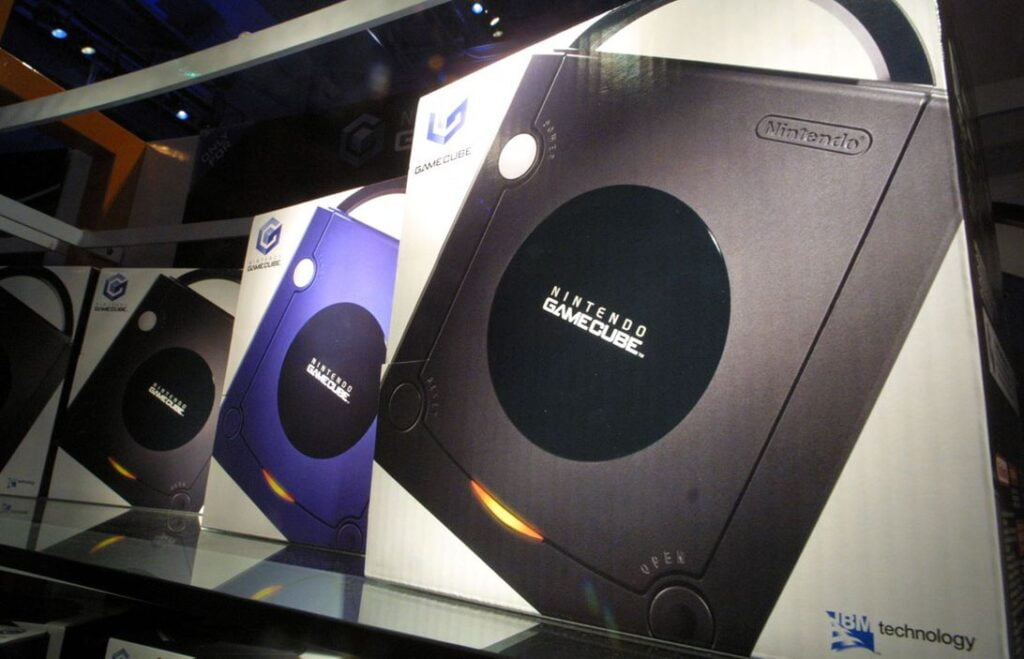The Nintendo GameCube had a handful of absolute classics.
Mario Tama, Getty Images
The Nintendo GameCube turned 20 years old this week.
And it’s a weird one. With the benefit of hindsight, it’s easy to see it was an influential console that played host to some of Nintendo’s best ever titles. At the time? It was often painful to be a GameCube owner, with sub-standard third-party support and painfully long waits between the release of Nintendo’s always stellar first-party releases.
Still, when you look at the rear view mirror, it’s plain to see the quality. There were a huge number of incredible games released on the platform. To celebrate GameCube’s birthday, we decided to rank them.
Here goes…
1. Metroid Prime
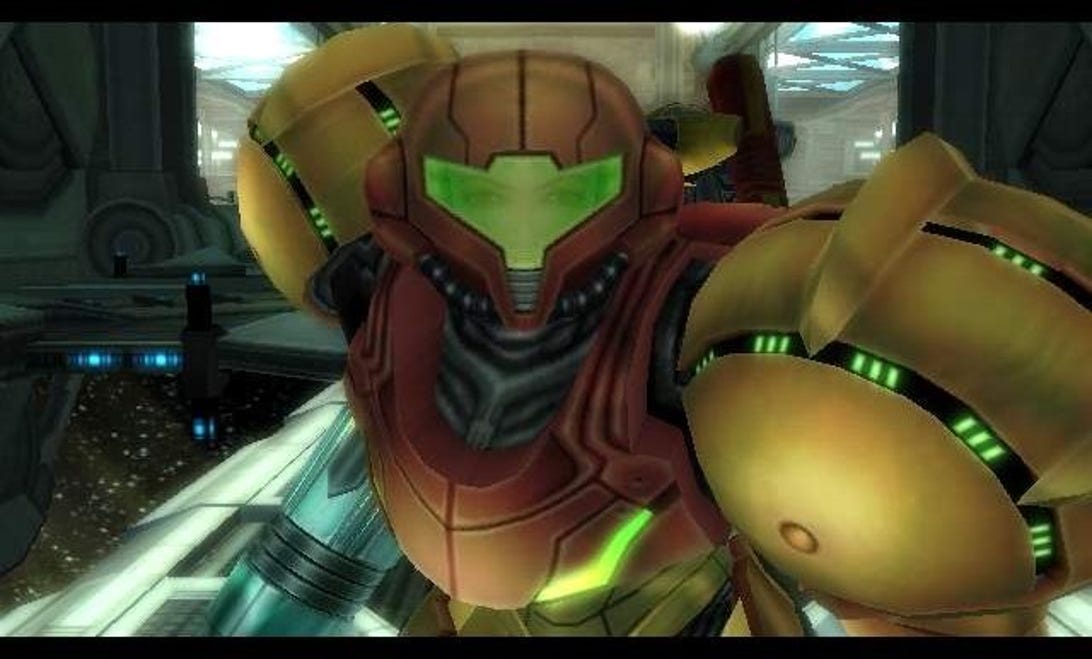
Nintendo
Nothing like Metroid Prime existed before and nothing like it’s been created since. Metroid Prime was and is an anomaly that defies definition. A first person shooter? Sure, you shoot things in a first-person view, but Metroid Prime looked, felt and played nothing like Halo or its FPS peers back in 2002. An exploration game? Yeah, probably. But it was set in a universe as intricately designed as a Zelda dungeon writ-large. Exploration was just the beginning.
Metroid Prime’s strength was its world building. Dripping with details and unique, sticky ways to explore those details, Metroid Prime is peerless in the way it allowed you to discover its intricate spaces. You could scan the environment for lore and details, you could spider-ball your way up previously inaccessible walls and ceilings. There was majesty hidden in every corner. Even today, it hasn’t aged a day. Nothing else comes close.
Metroid Prime is Metroid Prime. It has no imitators because it’s inimitable. Like it was dropped down to Earth by accident from another dimension where video games are different, better. Back in 2002 Metroid Prime felt like it came from the future. Almost 19 years later, everything else is still playing catch-up.
– Mark Serrels
2. The Legend of Zelda: Wind Waker
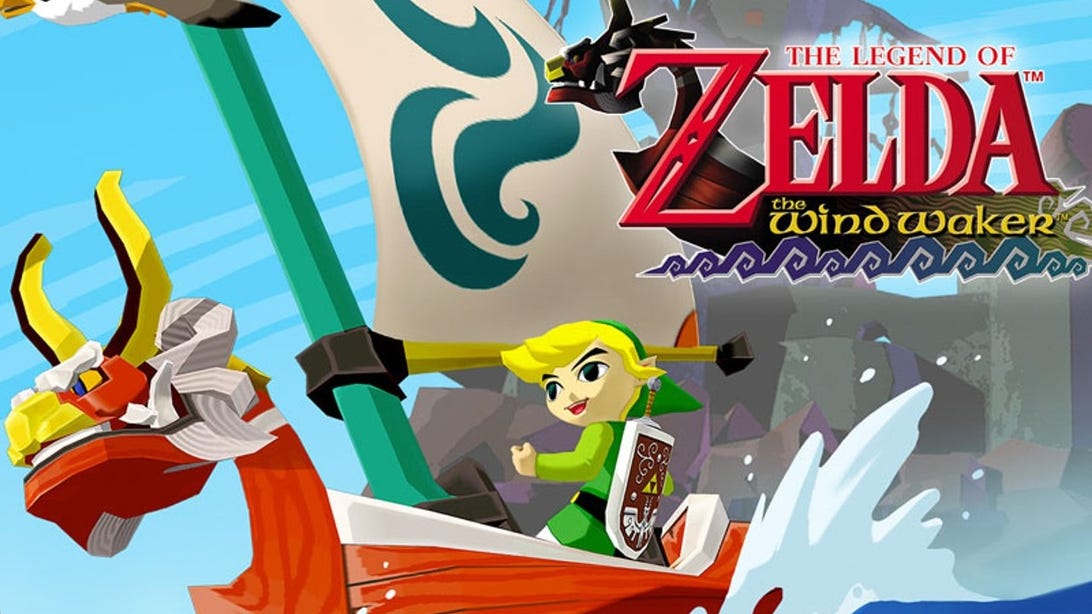
Nintendo
Time has been kind to Wind Waker.
Roundly criticised pre-release for its stylised “cartoon” visuals, Wind Waker reviewed well once people eventually got their hands on it, but unlike other Zelda games like Twilight Princess (and even Ocarina of Time to an extent) Wind Waker has aged spectacularly.
The ocean provides a glorious backdrop to Link’s adventures, both in terms of visuals and how it feels to explore. But it’s the cast of characters that truly makes Wind Waker unforgettable. That and the music… and the dungeon design… and the cute little cartoon clouds explosions make.
Actually a lot of things make Wind Waker unforgettable. It rules.
– Mark Serrels
3. Resident Evil 4

Capcom
I’d never played a Resident Evil game before Resident Evil 4. Never have I ever visited Racoon City. The reason? I was a huge wuss — and still am. I scare easily and am totally bereft of courage, it’s a problem.
Despite all of this adversity, I played and loved Resident Evil 4. At a time when everyone had pretty much written the GameCube off as past its prime, Resident Evil 4 launched to widespread critical acclaim in 2005. It was released just 11 days into the year, yet was named Game of the Year by many publications 11 months later.
This proved irresistible for me, despite the deep fear I had of anything horror. I was scared and terrified throughout most of Resident Evil 4, and often wanted to quit. But the game was so good I just couldn’t. I didn’t want to see what was around each corner, but I had to do it anyway.
Now that the game has been ported to almost every console known to man, it’s easy to forget that it was originally GameCube-only. It was one of the system’s last exclusives and also one of its best.
– Daniel Van Boom
4. Super Smash Bros. Melee
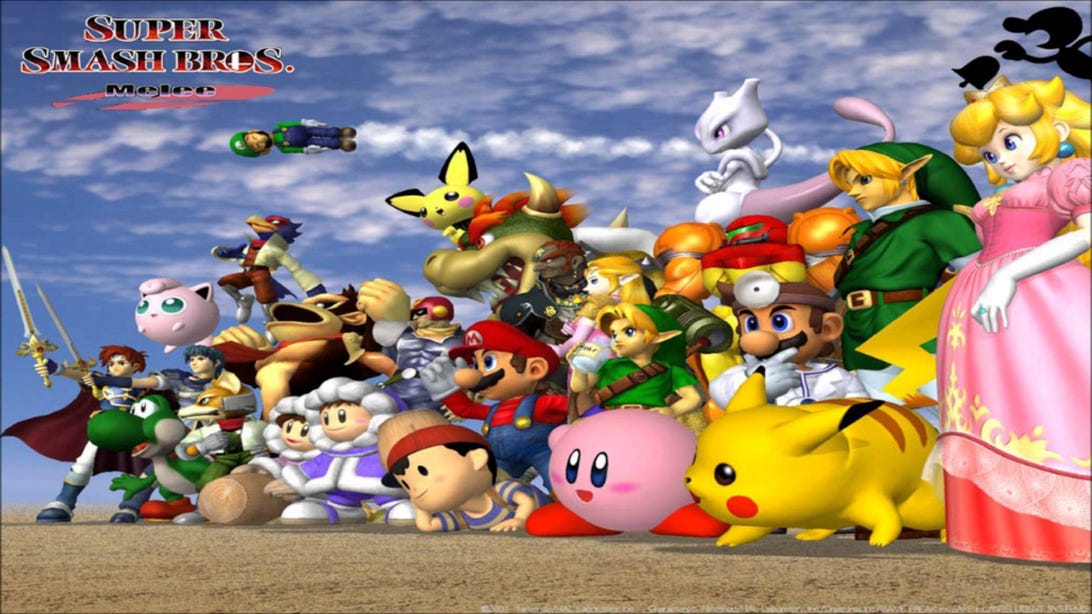
Nintendo
Super Smash Bros. Melee was the first game many people played on the GameCube. Luigi’s Mansion was the big launch title, but Super Smash Bros. Melee came just months into the GameCube’s lifecycle. It did a lot for the GameCube, but did even more for the Smash Bros. franchise. It took the original’s formula and sharpened it, making it deeper and more balanced.
The original N64 title was a lot of fun, but Melee solidified it into a legitimate fighting franchise, a game still played competitively around the world today. That’s a tribute to its genius. Super Smash Bros. Melee is still insanely fun to play today — if you can find a GameCube controller.
– Daniel Van Boom
5. Animal Crossing
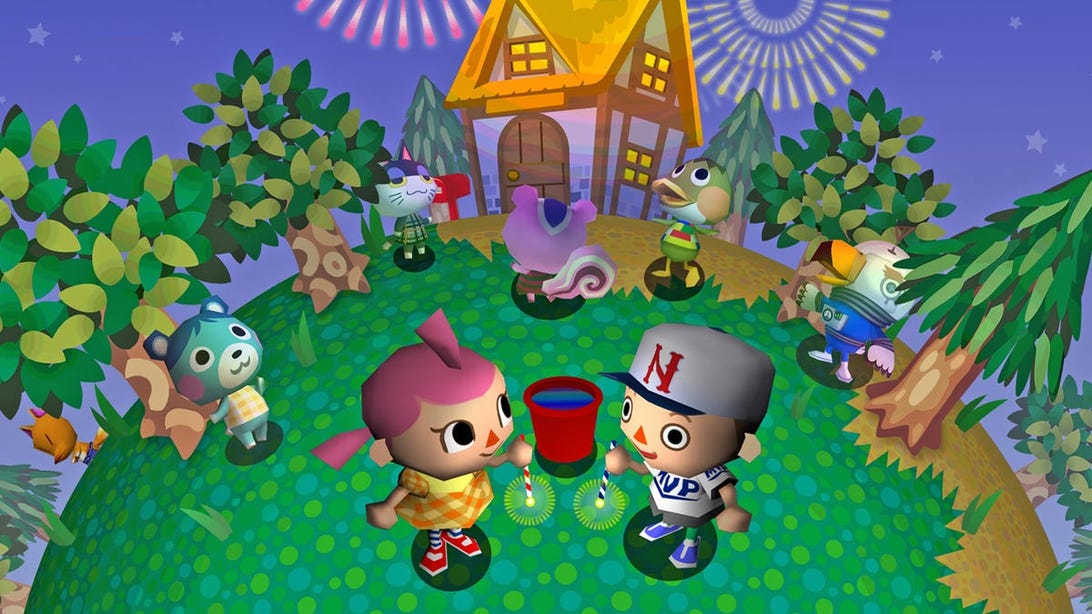
Nintendo
Animal Crossing feels almost ubiquitous after the release of New Horizons in 2020, so it’s easy to forget how quirky the original GameCube version felt. It just dropped players into a lazy little town filled with talking animals and said, “Do what you want.” No platforming, no shooting, just some good old-fashioned small-town life. I was no stranger to hanging out in quaint virtual towns, thanks to all the hours I spent in Harvest Moon 64, but I had never played a game that was as laid-back as Animal Crossing.
Want to go fishing? Plant fruit trees? Make a tiny garden? Turn your basement into a cement nightmare filled with the discordant music of a dozen gyroids? Sure, go for it. The closest thing Animal Crossing had to a main quest was upgrading your home and paying off your loans, but even that was optional, with no interest or due dates attached to the upgrades. It was the kind of game to make you reconsider what makes a good video game and I’m always happy for surprises like that.
– Adam Benjamin
6. Pikmin
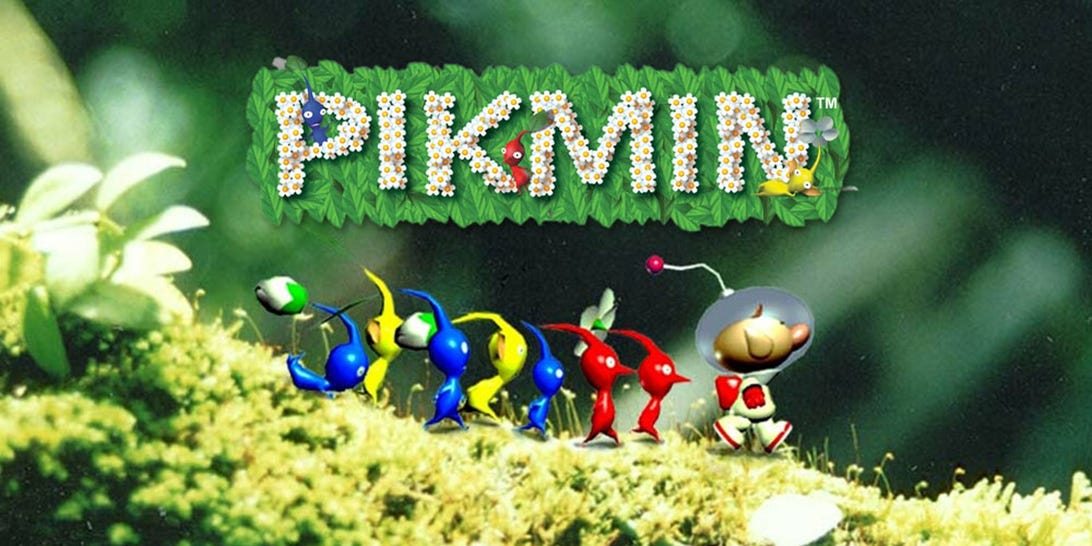
Nintendo
Sometimes I think we forget how perfectly designed Pikmin was.
The original and best, Pikmin makes the most of its delicately simple ruleset. Essentially a small-scale strategy game where you use an army of tiny “Pikmin” to lift objects and solve puzzles, Pikmin stretches its high concept to the absolute limits. It’s a Nintendo game, so movements feel fun and sticky, but the meta-game is the real star. The more you play the more balanced you realise Pikmin actually is. Just a perfect, beautiful little video game.
– Mark Serrels
7. Super Mario Sunshine

Nintendo
Maybe the most controversial major Mario release ever.
Super Mario Sunshine was derided upon release, then loved in hindsight. Recently, as part of the Mario 3D All-Stars package, it feels like the pendulum has swung once more and people are complaining about it again.
It’s flawed no doubt. It never achieves the perfect simplicity of Mario 64 or the inspired kaleidoscopic madness of Super Mario Galaxy, but Super Mario Sunshine has its own delightful aesthetic.
Also, I love FLUDD, the water squirting sidekick that add jetpack style maneuvers to your regular Mario platforming. It’s a wild game. Not perfect, but incredibly fun nonetheless.
– Mark Serrels
8. F-Zero GX

Nintendo
F-Zero GX is one of the most overlooked games in the GameCube library. Wipeout dominated the futuristic racer discourse back then, but F-Zero GX was arguably a better expression of pure, sci-fi speed.
It also looked glorious. F-Zero GX was smooth, slick and just an absolute joy to play. The single player mode was notoriously difficult, but in hindsight that was part of its cult appeal. The fact we haven’t had an F-Zero game since the release of this classic is almost criminal.
– Mark Serrels
9. Metroid Prime 2: Echoes

Nintendo
Retro Studios defied expectations with the first Metroid Prime, masterfully reinterpreting Nintendo’s atmospheric side-scrolling series as a first-person adventure. Its inevitable follow-up, Metroid Prime 2: Echoes, expanded on the formula with more complex environments and even bigger bosses, resulting in another instant GameCube classic.
As with the original, the setting itself was the star attraction. In a nod to the Zelda classic, A Link to the Past, Samus traverses two mirror worlds in Metroid Prime 2: the arid Aether and its dark counterpart, a murky parallel universe created when the planet was struck by a rift-forming meteor. This gave Aether an even more ominous feel than Tallon IV — thanks in large part to the dark world’s suffocating atmosphere — and using the power-ups you gained to navigate the expertly crafted environmental puzzles felt immensely satisfying.
Metroid Prime 2 also ramped up the difficulty, featuring some of the tensest boss encounters in the series’ history. These battles were as much a test of wit as of reflex, as nearly every foe had some sort of pattern or puzzle to figure out. It may not be remembered quite as fondly as the original — very few games are, after all — but Metroid Prime 2 was another riveting adventure that further proved how well the Metroid series worked in first-person.
– Kevin Knezevic
10. Soulcalibur II

Nintendo
Soulcalibur II is one of the few GameCube games on this list that might not necessarily feel like a “GameCube” game. Sure it was multiplatform, but given the addition of Link as a playable character on the roster, Soulcalibur II always felt very Nintendo to me.
Also: It ruled. It was almost certainly the peak of the 3D fighting genre back then and it rarely got better than this. In the next generation we went back to Street Fighter IV and fighting games changed on us — possibly for the better? But for this generation of consoles, Soulcalibur II was king.
– Mark Serrels
11. Viewtiful Joe
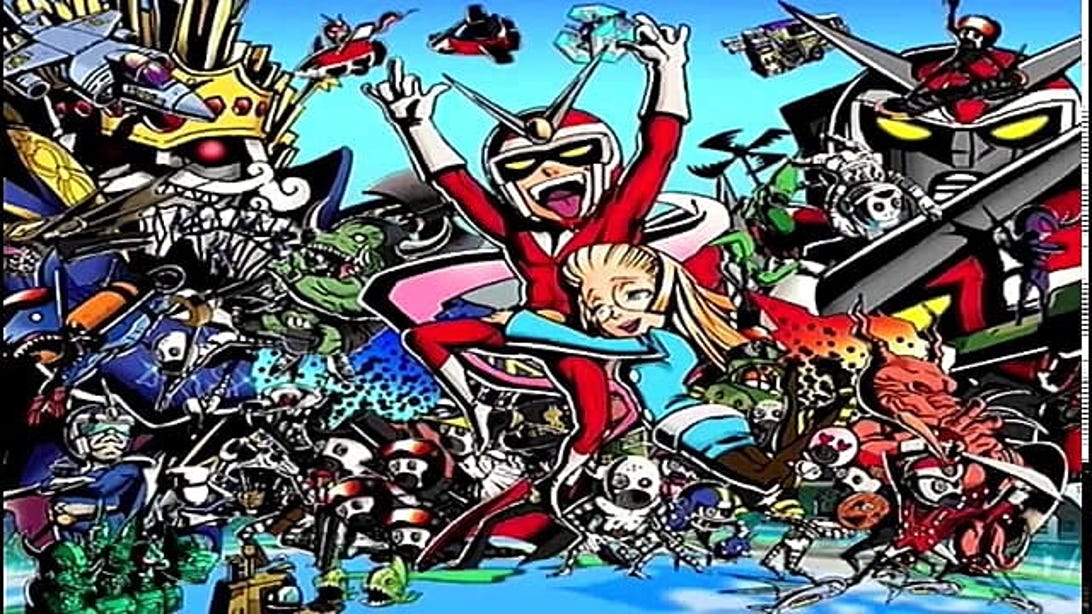
Clover Games
The first game from Clover Studio, the short lived team responsible for a slew of critically acclaimed video games like Okami, Viewtiful Joe, in many, was the prototype for the Clover style. A slick, fluid 2D beat ’em up, elevated by a unique art style, Viewtiful Joe was a polished homage to video games from a bygone era.
– Mark Serrels
12. Eternal Darkness

Nintendo
There are few games that make players frantically look around and wonder “what the hell is going on” like Eternal Darkness. At its core, the game isn’t much different from Resident Evil, but the big difference were sanity effects. These little events were designed to directly mess with the player’s head. From the controller being unresponsive to a screen saying your saved game was deleted, players never knew what was going to happen, which was part of the fun.
Eternal Darkness was also heavily-inspired by H.P. Lovecraft. It required those who finished the game and received all the endings to look at the author’s stories to piece together the deeper themes of the game.
For me, Eternal Darkness presented me something fresh even though how the game actually played was par for the course.
– Oscar Gonzalez
13. Resident Evil
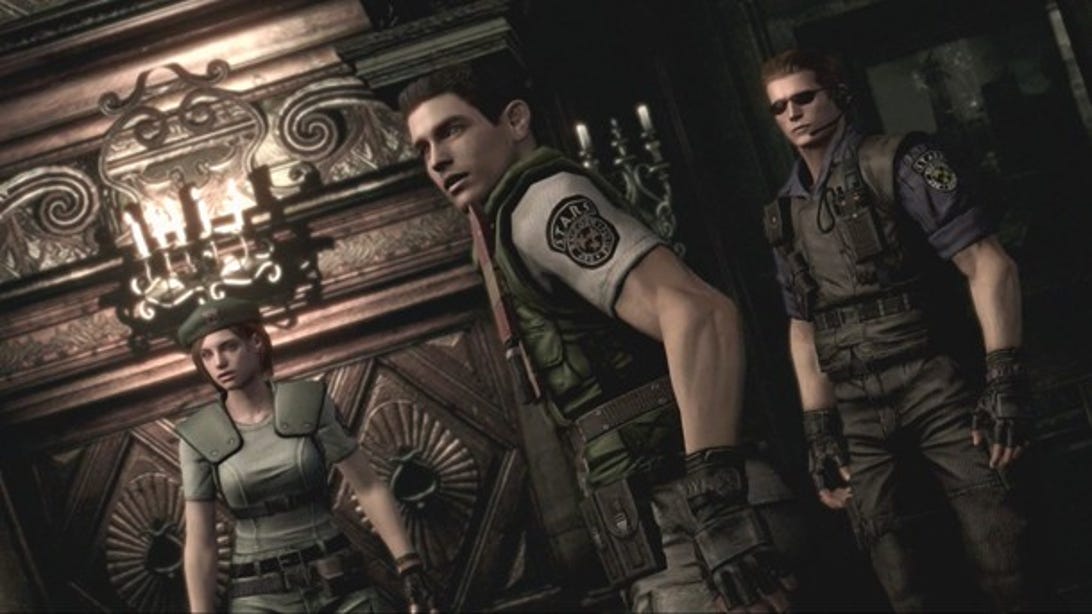
Capcom
Seeing the first screenshots of the Resident Evil remake convinced me to buy a GameCube at launch. Nearly two decades later, this 2002 game still looks astoundingly good and remains utterly terrifying.
Capcom didn’t settle for a mere visual upgrade; this remake added so many new mechanics, areas and puzzles that it felt like a completely different game to the 1996 original. It remains the ultimate expression of the classic Resident Evil formula and it was exclusive to Nintendo systems for years (an excellent HD remaster is available on every platform).
Just be sure to decapitate or burn the zombies, you don’t want them coming back.
– Sean Keane
14. Pikmin 2

Nintendo
I’ll never forgive Pikmin 2 for abandoning the time limit that made the original Pikmin so tense and rewarding, but Pikmin 2 is still worth your time.
The multiplayer component was the real standout for me. Before online gaming was truly a thing on consoles, I spent many hours with my girlfriend, playing frantic multiplayer Pikmin matches. We got frighteningly good. Well, she got frighteningly good. I got my ass whooped. Good times.
– Mark Serrels
15. Mario Kart: Double Dash
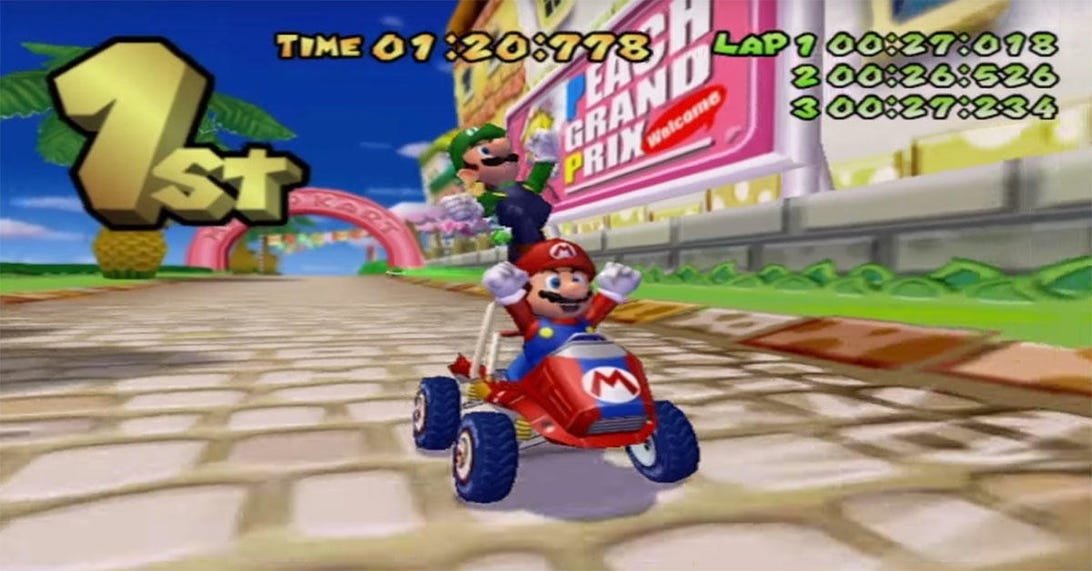
Nintendo
Mario Kart: Double Dash is probably the weirdest Mario Kart ever. Is that a good thing? The jury’s out, particularly on the gimmick that allowed two players to ride on the same kart.
Still, Mario Kart is Mario Kart. There hasn’t been a bad one yet. Double Dash is no exception. The track design is slick, the visuals were bold and the controls were as tight as ever.
– Mark Serrels
16. Metal Gear Solid: The Twin Snakes

Ground up remakes of classic games are normal now, but Metal Gear Solid: The Twin Snakes was unique upon its release in 2004.
The Twin Snakes took the original Metal Gear Solid and implemented the controls and QOL upgrades from the great Metal Gear Solid 2. Incredibly it all holds together. The Twin Snakes also plays host to maybe the wildest cutscenes in any Metal Gear Solid game.
Considering how weird things get in Metal Gear Solid, that’s saying something.
– Mark Serrels
17. Paper Mario: The Thousand-Year Door
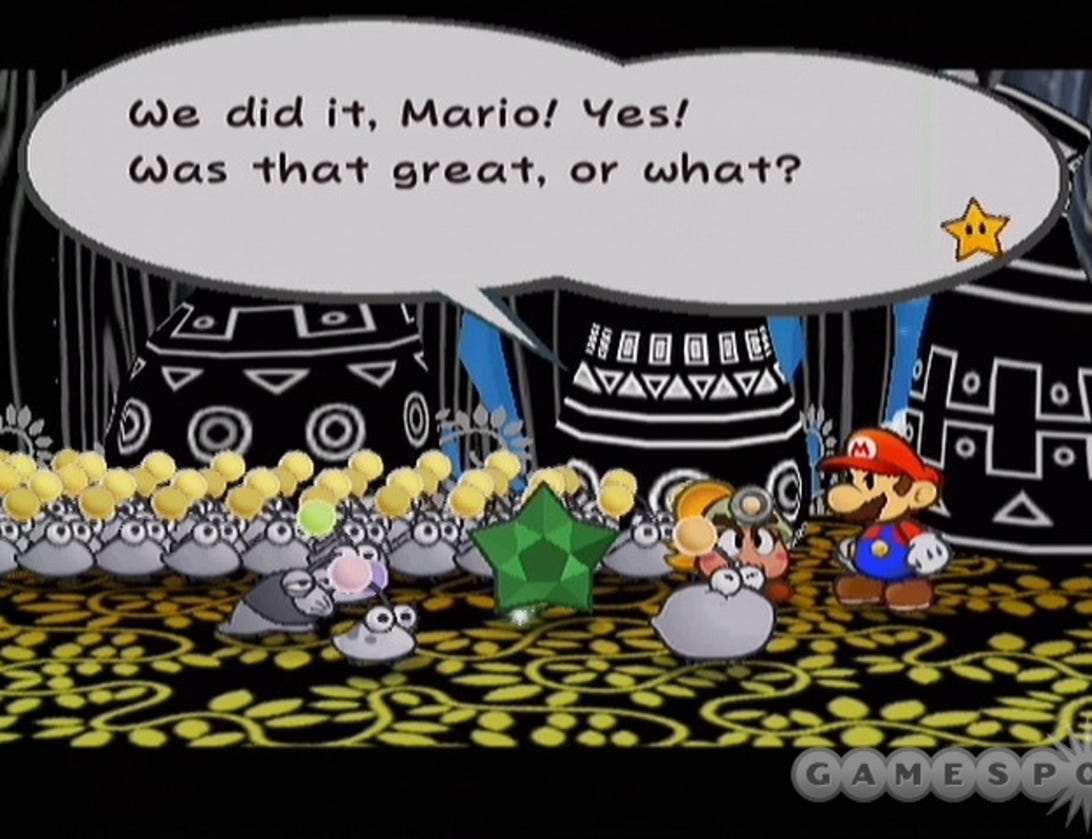
Nintendo
Mario’s starred in a handful of role-playing games over the years, but 2004’s Paper Mario: The Thousand-Year Door is still arguably the best of the bunch. A sequel to Nintendo 64’s Paper Mario, The Thousand-Year Door doubled down on all the aspects that made its predecessor so charming, resulting in one of the finest RPGs on the console.
Like the original, The Thousand-Year Door’s most distinctive feature was its visual style. While the game world was polygonal, the characters who inhabited it were all flat, giving the game the look and feel of an interactive pop-up book. The Thousand-Year Door leaned even more heavily into this paper aesthetic than its predecessor, even incorporating it into the gameplay. Since he was paper thin, Mario could now gain the ability to slip through crevices and even fold himself up into a paper airplane and boat, adding a greater degree of exploration and environmental puzzle solving to the mix.
But what made the game so captivating was its sense of humor. The Thousand-Year Door remains one of the funniest titles Nintendo has ever released, with a sharp, self-referential script and a wonderfully quirky cast of characters. Few games are as genuinely side-splitting as The Thousand-Year Door, and there’s a good reason why it remains many fans’ favorite Paper Mario game, even nearly two decades after its original release.
– Kevin Knezevic
18. Rogue Squadron 2: Rogue Leader
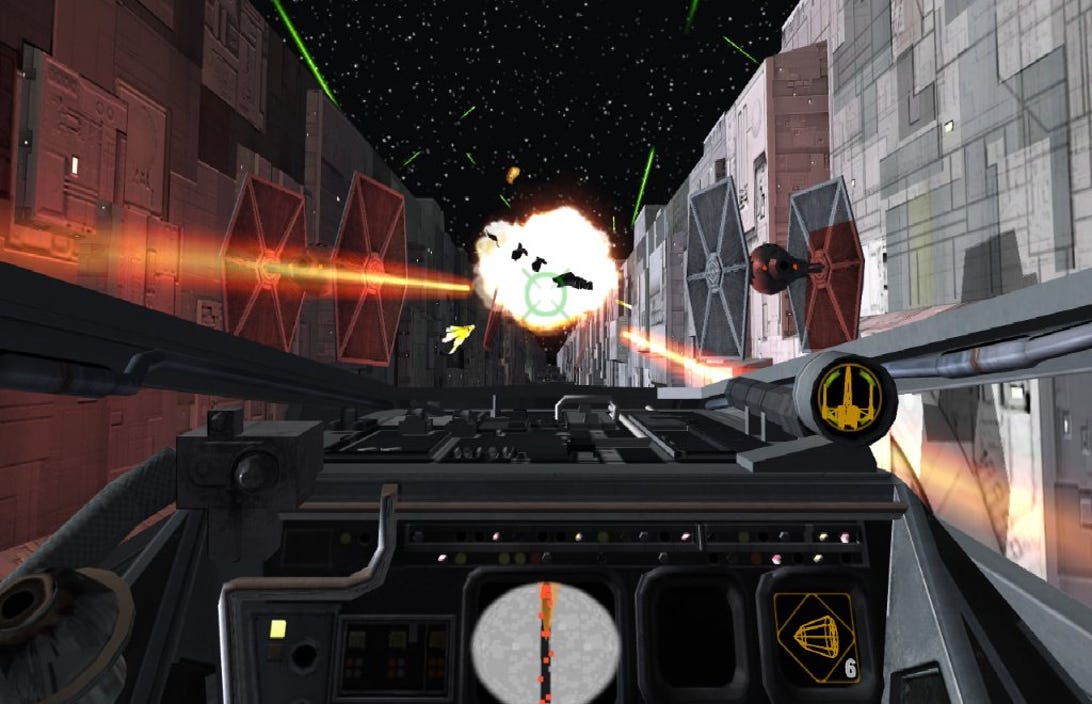
One of my favorite console launch titles ever. Rogue Leader’s visuals and music made it the most immersive Star Wars gaming experience I’d had at the time. I remember being blown away by the sense of scale in its recreation of Return of the Jedi’s Battle of Endor, as waves of TIE fighters swarm the rebels.
It was also incredibly fun to play, opting for an arcade-style experience over a simulation one, with plenty of ships and a ton of replay value if you want to get better medals. Doing so unlocks bonus missions in which you play as Darth Vader in his awesome fancy fighter, finally letting me join Empire.
– Sean Keane
19. Tales of Symphonia
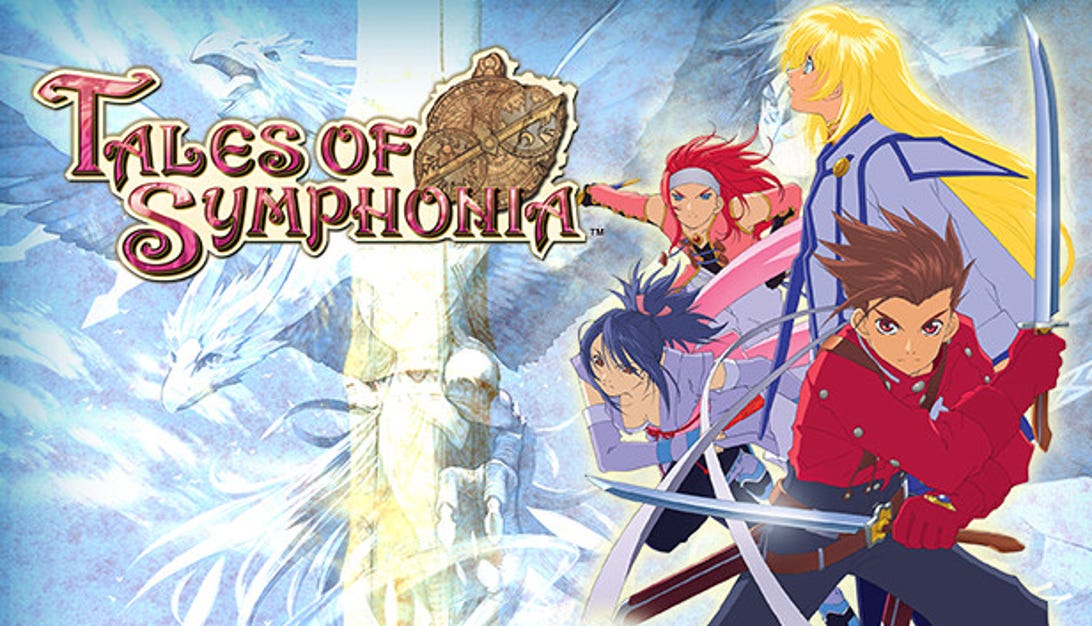
Nintendo
Symphonia is probably the first of the Tales series to hit big outside of Japan. It’s still regarded as one of the best in the series and one of the few to ever get a direct sequel (although the less said about that the better). The Tales games have always been an oasis of real time combat within a sea of turn-based JRPGs. Having direct control over your character, inputting combos in order to mix well with the rest of your party was a blast and being able to take on the enemy encounters in multiplayer was a nice addition. If battling monsters through menus wasn’t your thing then these were the games to play.
Symphonia was absolutely gorgeous looking with its full anime cutscenes that were pretty unheard of back on the GameCube. The story and characters were rich and the game’s length really gave you something to get invested in. It was an extremely good game that turned this RPG fan into a Tales player for years afterward.
– Sean Booker
20. Legend of Zelda: Twilight Princess
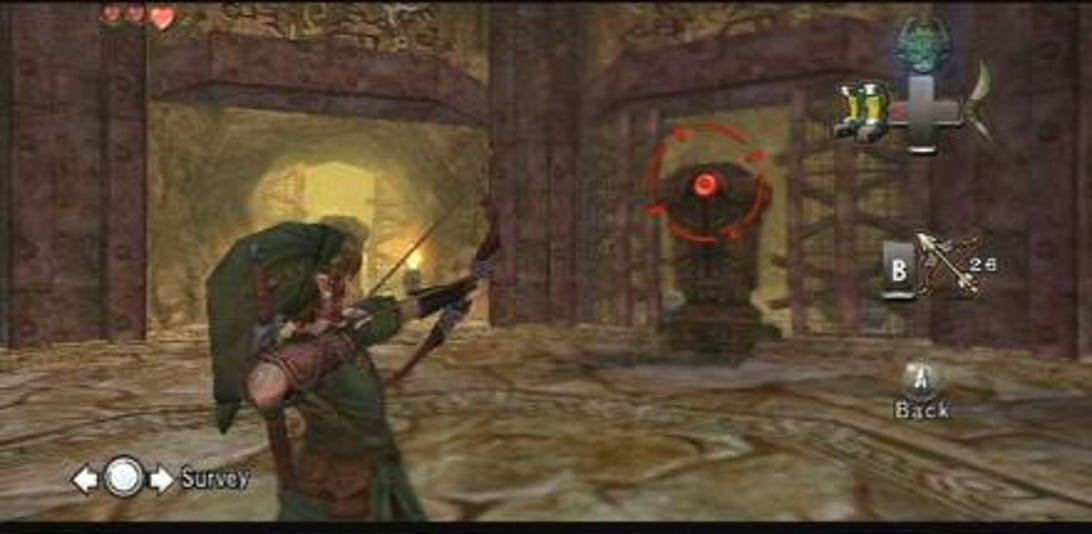
Nintendo
You probably remember Legend of Zelda: Twilight Princess as a Wii title, right? It was originally announced from the GameCube, but suffered a long stretch of delays before launching alongside the Wii, a demonstration of the wild new motion controls. Here’s the thing: Twilight Princess was actually better to play on GameCube, with the control pad a tighter way to dungeon crawl than the Wiimotes. Twilight Princess was meant to pass the torch from one generation to the next, but it ended up a reminder of all the great things about the GameCube.
– Daniel Van Boom
